Search
Remove Ads
Advertisement
Search Results

Collection
North Africa Campaign
From 1940 to 1943, the desert of North Africa became an important theatre of the Second World War (1939-45) since it was the only place the British Empire, standing alone, could directly fight on land the Axis powers of Germany and Italy...
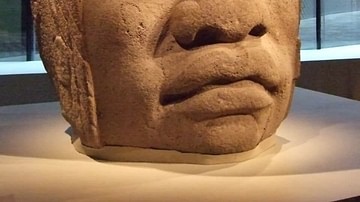
Article
Olmec Colossal Stone Heads
The stone head sculptures of the Olmec civilization of the Gulf Coast of Mexico (1200 BCE - 400 BCE) are amongst the most mysterious and debated artefacts from the ancient world. The most agreed upon theory is that, because of their unique...
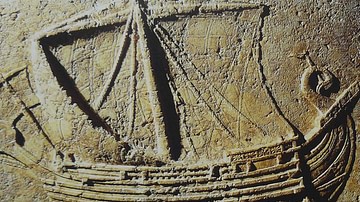
Article
Trade in the Phoenician World
The Phoenicians, based on a narrow coastal strip of the Levant, put their excellent seafaring skills to good use and created a network of colonies and trade centres across the ancient Mediterranean. Their major trade routes were by sea to...
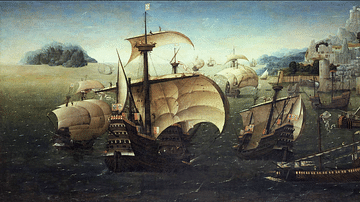
Article
The Spice Trade & the Age of Exploration
One of the major motivating factors in the European Age of Exploration was the search for direct access to the highly lucrative Eastern spice trade. In the 15th century, spices came to Europe via the Middle East land and sea routes, and spices...
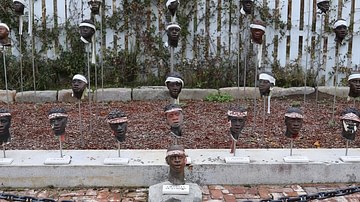
Image
Memorial to the 1811 German Coast Uprising
A memorial to the 1811 German Coast uprising, located at the Whitney Plantation Historic District, St. John the Baptist Parish, Louisiana, USA.
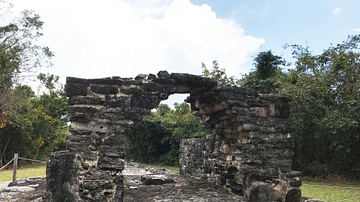
Image
The Maya Arch at San Gervasio, Mexico
In Pre-Columbian days, this construction was the entrance or exit to the central part of San Gervasio, leading to the Caribbean coast. Pilgrims and traders would reach the famous sanctuary of the goddess Ix Chel and deposit an offering at...
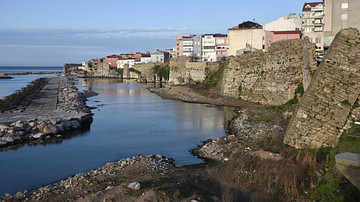
Image
Fortifications Walls of Sinope
The north fortification walls of Sinope, known today as Sinop Castle (Turkish: Sinop Kalesi), located in the city of Sinop on the northernmost edge of the Turkish side of the Black Sea coast. Sinope was the earliest Greek colony founded on...

Definition
Homo Erectus
Homo erectus, or 'upright man', is an extinct species of human that occupies an intriguing spot within the human evolutionary lineage. These prehistoric hunter-gatherers were highly successful in adapting to vastly different habitats across...
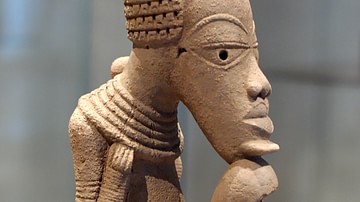
Definition
Nok Culture
The Nok culture, named after the settlement of the same name, flourished in southern West Africa (modern Nigeria) during the Iron Age from the 5th century BCE to the 2nd century CE. Famous for the distinctive terracotta sculptures of human...
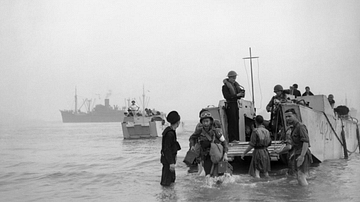
Definition
Operation Torch
Operation Torch (aka the North Africa landings) landed Allied troops in French Morocco and Algeria on 8 November 1942 with the aim of removing German and Italian forces from North Africa. The first jointly-planned Allied operation of the...